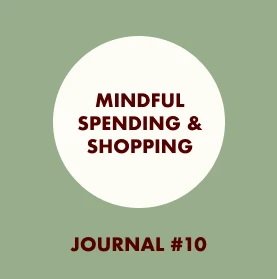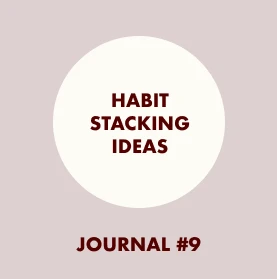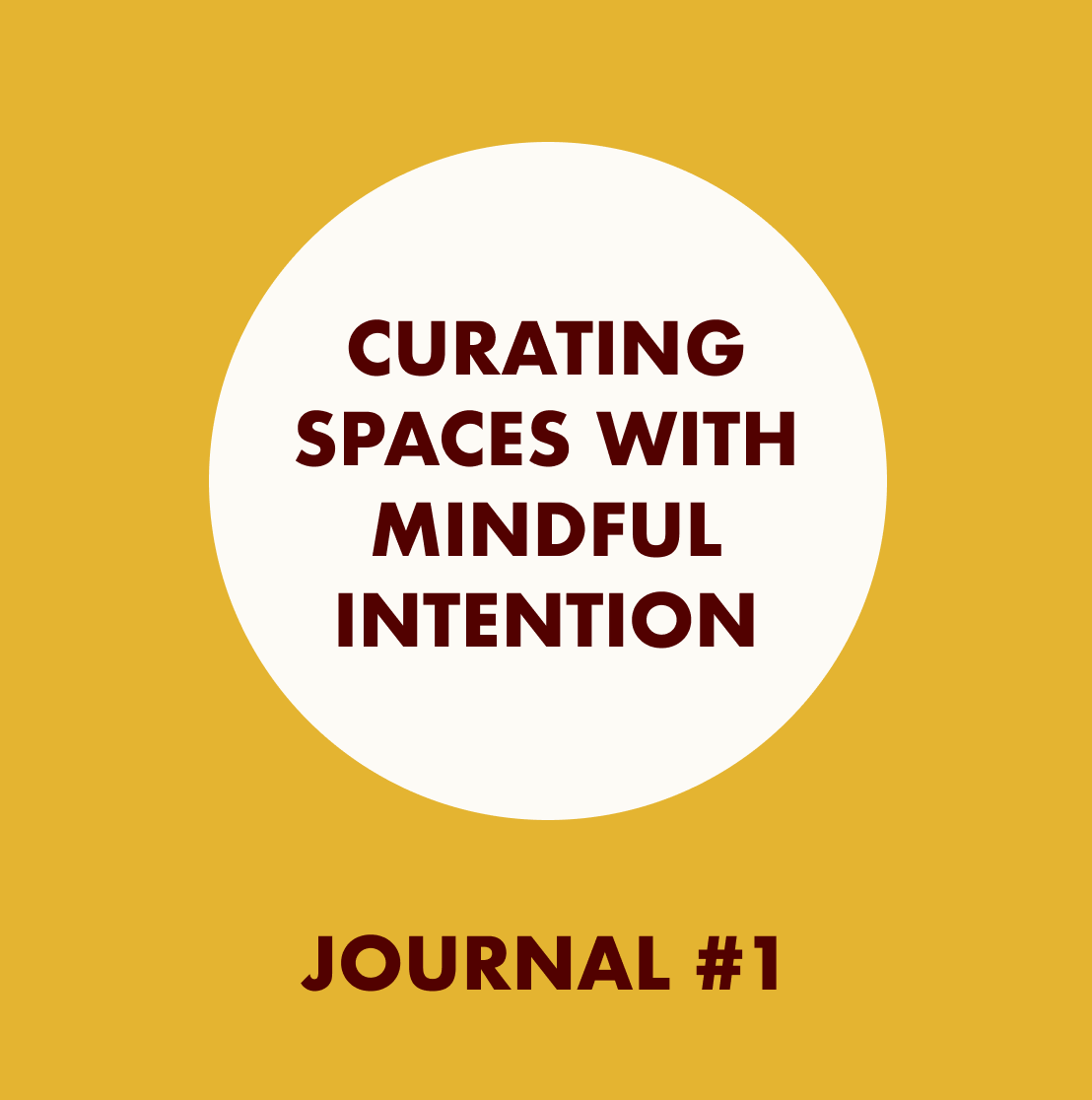Years ago, while navigating the challenging terrain of single motherhood, I was in the early stages of building a new business with limited financial support. Every dollar I spent carried weight, not just financially but emotionally. With two young children to care for, the act of spending became a practice in conscious decision-making, prioritising needs over wants, and embracing simplicity wherever possible. I remember many moments in those days when I would carefully consider each purchase, weighing it against the broader picture of stability, growth, and well-being for my family. This process, though born out of necessity, was my first true experience with mindful spending.
Over time, I learned that this mindfulness around money was more than just a temporary survival strategy—it was a sustainable approach that brought clarity, focus, and peace. Today, I view mindful spending not as a limitation but as a liberating choice that allows me to make intentional decisions about my resources. Letting go of the impulse to purchase for quick gratification or fleeting trends has become a practice of self-care and values alignment. Here, I’ll share how a mindful approach to spending can be implemented in everyday life, bringing financial clarity, fulfilment, and freedom.
- Understanding Needs vs. Wants
Mindful spending starts with a clear understanding of needs versus wants. Often, the impulse to buy stems from a desire to feel better, keep up with trends, or even fill an emotional void. To separate the essentials from the “nice-to-haves,” I ask myself simple questions:
- Will this purchase enhance my well-being or my family’s in a lasting way?
- Does this item or experience align with my current financial goals?
- How will I feel about this purchase a week or a month from now?
By pausing to assess each item through this lens, I’ve become better at distinguishing between what’s essential and what’s temporary. Needs may look like quality clothing that endures, nutritious groceries, or tools for growth, whereas wants often arise from external pressures or immediate gratification. This practice allows me to make choices based on what genuinely enriches my life.
- Creating a Budget Aligned with Your Values
Setting a mindful budget is about creating a financial framework that reflects your values. Start by identifying core priorities—such as health, education, travel, or savings—and allocate funds accordingly. This approach reframes budgeting as a positive exercise in values alignment rather than a restriction.
Consider creating budget categories that resonate with your values. For instance, if health is a priority, you might allocate more to quality groceries or fitness classes. If family time is important, maybe an entertainment budget for experiences together. This type of budgeting feels less like depriving yourself and more like investing in what matters most, fostering a sense of purpose and fulfilment around money.
- Practising the Pause Before Buying
One of the most powerful mindfulness techniques for spending is learning to pause before making any purchase. This can be as simple as taking a few deep breaths, mentally assessing your current financial goals, or stepping away from the item and coming back later if it still feels necessary. The pause creates space between impulse and action, allowing for more intentional decision-making.
When I’m considering a non-essential purchase, I use the 24-hour rule: if I still feel that I need the item after waiting a day, I’ll make the purchase. More often than not, though, I realise that the impulse fades, and I feel satisfied with not buying it. This practice has helped me appreciate what I already own and feel more grounded in my choices.
- Embracing Minimalism and Simplifying Choices
Mindfulness in spending often leads to a more minimalist approach, focusing on fewer, high-quality items rather than an abundance of possessions. By prioritising quality over quantity, I find myself investing in items that serve me well over time rather than constantly replacing cheaper, trendier options. This shift not only reduces waste but also fosters a more intentional relationship with my belongings.
Simplifying my choices has been empowering. The more I cut down on unnecessary items, the more I realise how content I feel with what I have. This clarity brings an ease to my daily life and helps me stay grounded in a culture that often pushes us to want more, buy more, and do more.
- Practising Gratitude and Awareness in Spending
A gratitude practice around spending can transform our relationship with money. Before making a purchase, I take a moment to acknowledge the resources and hard work that allow me to afford it. This moment of gratitude shifts my perspective from entitlement or frustration to appreciation, which in turn helps curb unnecessary spending.
Being aware of where my money goes also extends to the impact of my purchases. Choosing to support businesses with ethical practices, for example, has become a mindful choice that aligns with my values. This mindfulness around money fosters a sense of purpose and alignment, deepening my appreciation for both my resources and my purchases.
- Monthly Reflections and Financial Clarity
Setting aside time each month to review spending habits has been a powerful way to stay connected to my goals. I reflect on what brought genuine joy or value and what felt like a fleeting want. This process helps me see where I could be more mindful in the future, and I often feel a sense of accomplishment in seeing how aligned my spending is with my values.
Integrating Mindful Spending as a Lifestyle
Mindful spending is about more than frugality; it’s a practice of making intentional choices that honour your values, goals, and emotional well-being. It’s a lifestyle of gratitude, purpose, and alignment. By integrating this approach, we can cultivate a deeper sense of financial freedom, fulfillment, and balance—knowing that each choice we make reflects who we are and where we want to go. Whether it’s a new business venture, supporting loved ones, or simply finding peace in simplicity, mindful spending has transformed my relationship with money and continues to bring a sense of clarity and contentment every day.




